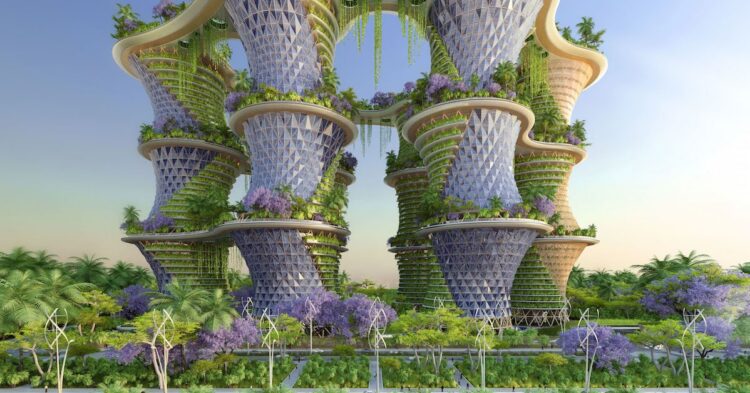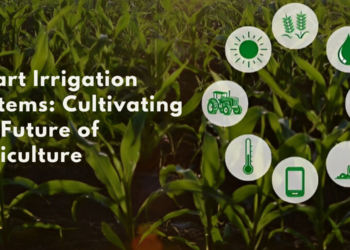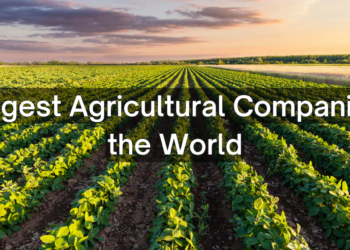Imagine walking into your local grocery store on a frigid January day to pick up freshly harvested lettuce, fragrant basil, juicy sweet strawberries, and ripe red tomatoes – all of which were harvested at a vertical farm only hours before you’d arrived.
- You might be imagining buying that fresh produce from vertical farms where farmers can grow indoors year-round by controlling light, temperature, water, and oftentimes carbon dioxide levels as well.
- Generally, fresh produce grown in vertical farms travels only a few miles to reach grocery store shelves compared to conventional produce, which can travel thousands of miles by truck or plane.

Beyond providing fresh local produce, vertical agriculture could help increase food production and expand agricultural operations as the world’s population is projected to exceed 9 billion by 2050. And by that same year, two out of every three people are expected to live in urban areas.
Producing fresh greens and vegetables close to these growing urban populations could help meet growing global food demands in an environmentally responsible and sustainable way by reducing distribution chains to offer lower emissions, providing higher-nutrient produce, and drastically reducing water usage and runoff.
Recently, the USDA and the Department of Energy held a stakeholder workshop focused on vertical agriculture and sustainable urban ecosystems. At this workshop, field experts shared thought-provoking presentations followed by small group discussions focusing on areas such as plant breeding, pest management, and engineering.
Workshop attendees from the public and private sectors worked together to identify the challenges, needs, and opportunities for vertical farming. A report on this workshop will be released to help inform Departmental strategic planning efforts for internal research priorities at USDA and external funding opportunities for stakeholders and researchers.
1. Not affected by adverse weather conditions
Growing in a fully enclosed and climate-controlled environment completely eradicates the need to rely on – or worry about – the weather.
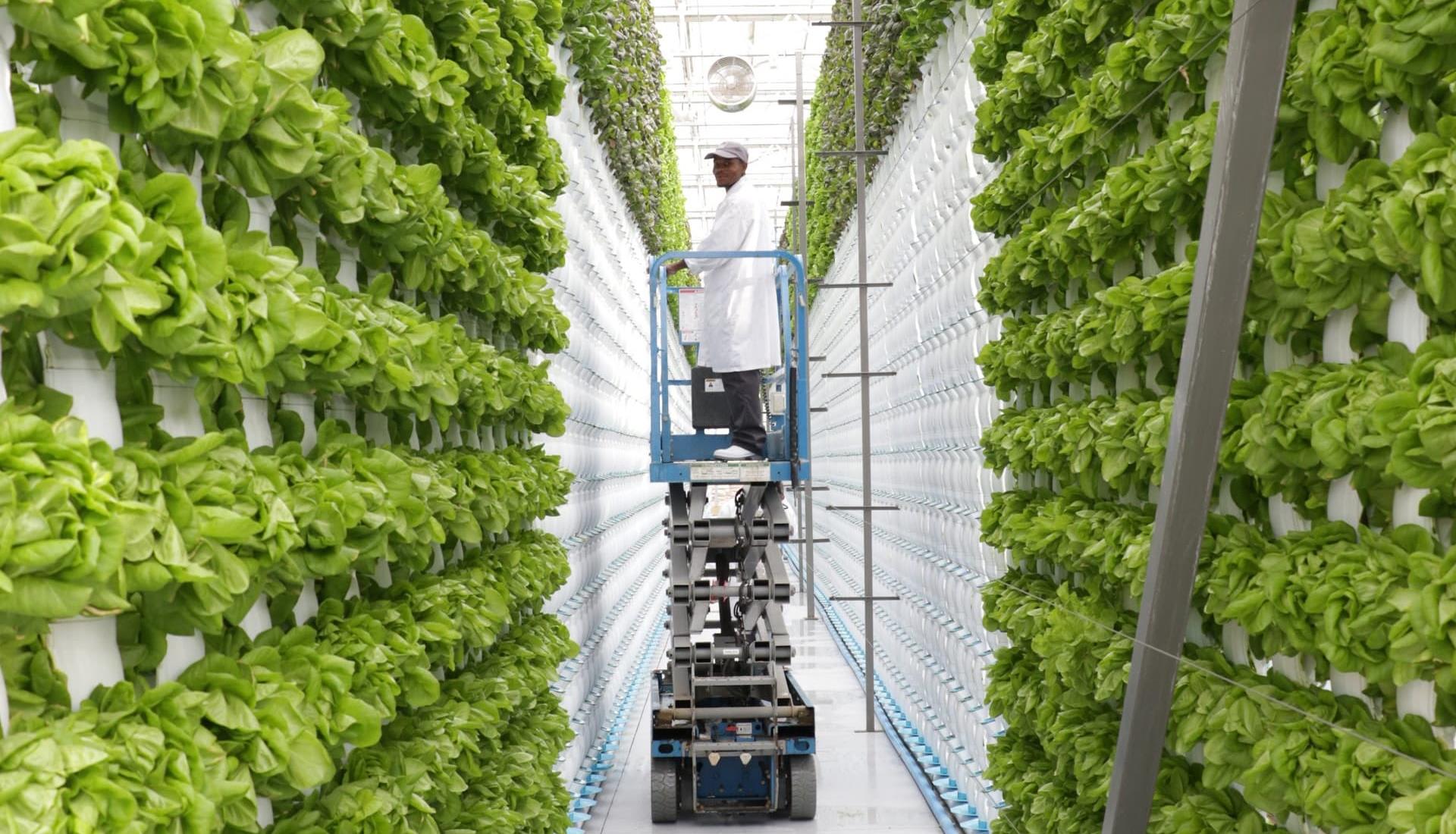
Whereas crops in a field can be ruined by excessive rain, wind, and drought (or pests!); vertical farming provides 100% harvest certainty.
2. Better Space Utilization
It goes without saying that traditional farms need fertile arable land. But vertical farms can be designed and built in any climate or location – irrespective of weather conditions or temperature extremes.

And because their stacking growth systems allow them to expand upwards, it’s also possible to achieve higher productivity on a small land area.
Depending on which crop is grown, one acre of the vertical farm could consistently grow the equivalent of between 10 and 20 soil-based acres.
3. Vertical Farming is Eco friendly
Indoor farming can be good for the environment because it massively reduces the number of fossil fuels needed for farming equipment which is not required to sow, fertilize, weed, or harvest crops.
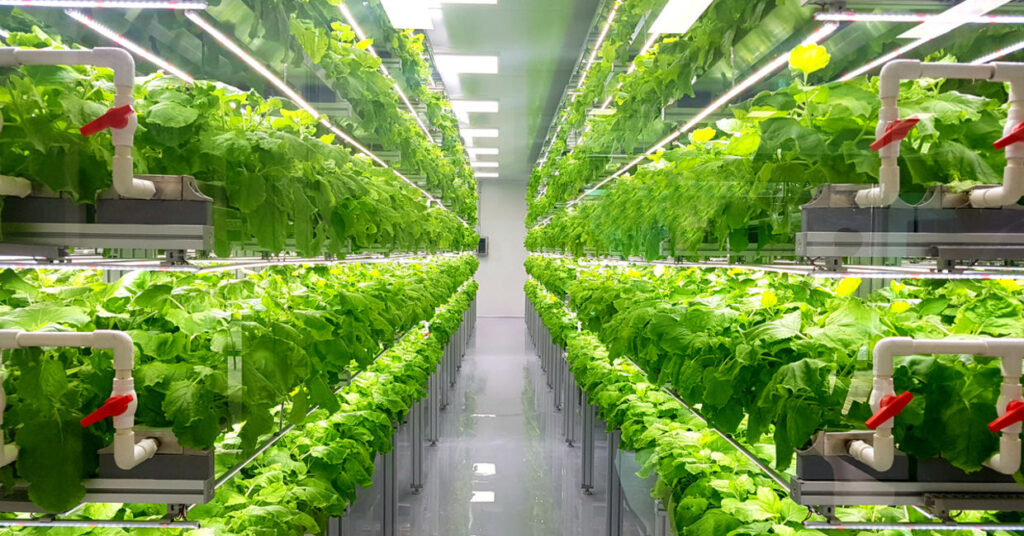
Vertical farming also helps to improve biodiversity because it does not cause a land surface disturbance, which helps the natural animal population which lives in and around farms to thrive.
4. Highly energy efficient
Whilst the use of LED lighting requires a significant amount of power to achieve optimum growth, vertical farms can also generate power.
Cambridge HOK specializes in renewable technologies and combined heat and power (CHP) solutions which can harness excess energy to be reused elsewhere in your business or transferred back to the national grid.
5. Reduce transport costs
When it comes to food production, last-mile delivery is usually the most expensive part of the supply chain. And it’s not uncommon for crops to be shipped across continents and oceans.
Growing food closer to where the consumer lives is a massive vertical farming benefit as it can massively reduce transportation costs, and CO2 emissions and reduce the need for refrigerated storage – making produce fresher and more profitable.
6. No chemicals or pesticides
Growing food in a vertical farm, when managed correctly offers the opportunity to completely eliminate the need for pesticides – as pests cannot enter the controlled environment to cause crop damage and fungal diseases struggle to gain a foothold as humidity levels are managed.
The end result is a product that is better, healthier, and safer, and features dry leaves which are clean and ready to eat.
7. Safe for staff
Traditional farming has gained an unwanted reputation for being a workplace fraught with health and safety risks. With no heavy machinery or chemicals used for indoor farming, it obviously does not boast the same occupational hazards – significantly reducing the risk of injury.


